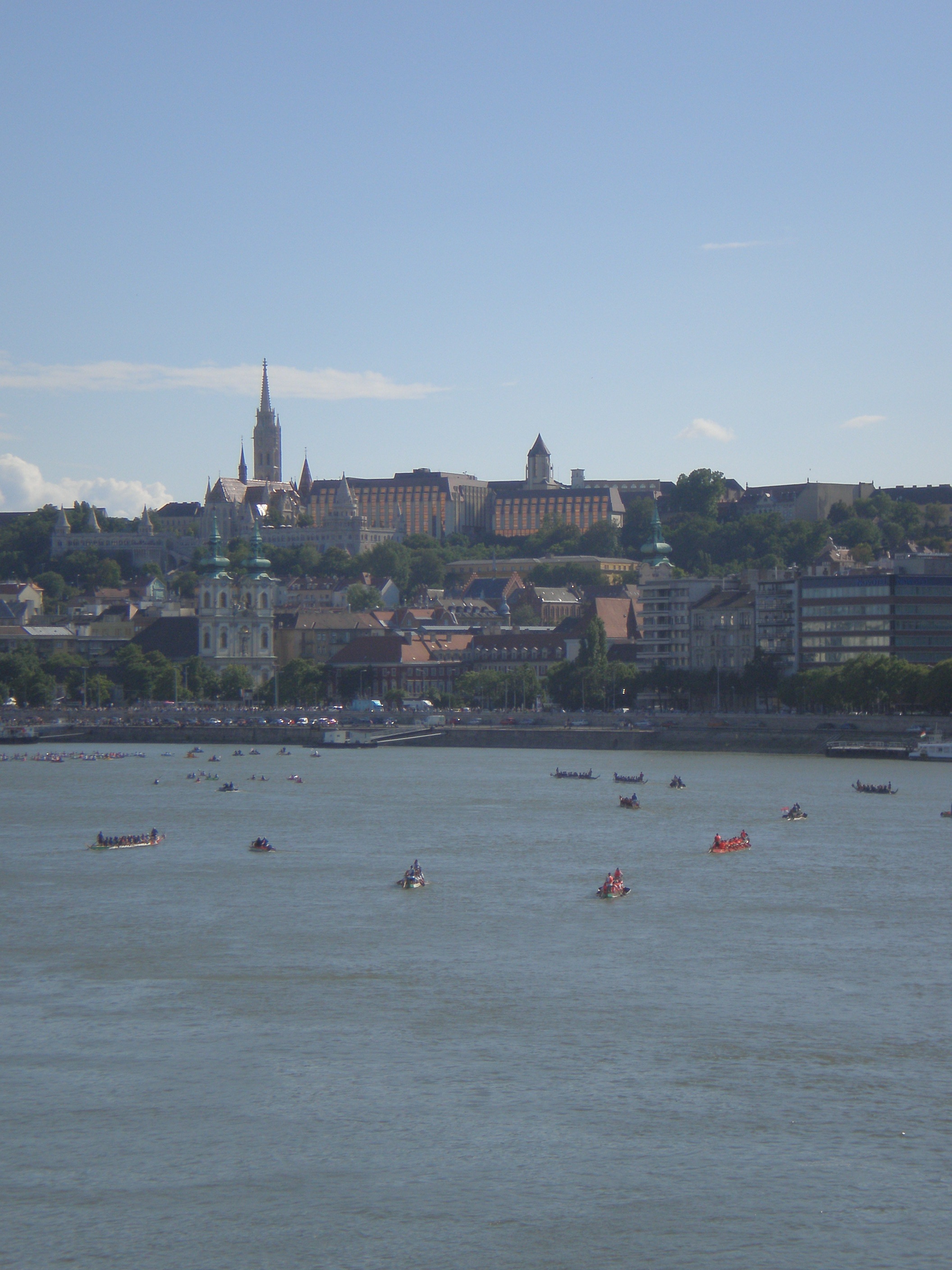
Uploaded on 2014-12-07 by kivancsi
[2]: https://edxuploads.s3.amazonaws.com/14179089751158361.jpg Information visible on this photo: This is a major city with considerable amount of historic buildings but this urban fabric is not homogenous, building material is varied and old modern buildings appear on the waterside as well as on the hill. The overall image is disorganised yet planned, without traces of natural devalopment/growth. The large hotel complex on top of the hill reveals lively catering business in the city. The topography is variable, with a huge river and hillside. This part of the city has abundant vegetation. The river has its own traffic (a festival and piers for larger boats as well). The contact between the city fabric and the water surface is arranged into two different levels of embankments. The lower embankment is used for parking. The embankments hinder a more natural way of connection between the city and the water surface. Long sections of the river can stretch between bridges. The city has a touristic appeal. The reflection in the glass facade suggest an opposite embankment. Invisible information: The heights of the embankments and the long attaching rods of the piers suggest considerable floods of the river. The inhomogenous historic urban fabric suggests a rugged history and wars that hit the city. The development of the urban fabric suggests ignorance of existing historic environment and weak city management. The historic complex suggests an upward drive, migrational direction of tourists. How invisible information becomes knowledge: The inhomogenous historic urban fabric sets out a layer of utmost importance from the aspect of this touristic city. This fabric is can be considered a rigid, unchangeable part of the city from the point of view of its appearance. This layer sets out the options for traffic development and may determine styles/ambiances of cityparts.